#AFtalks Special Edition: App Success Story – Youper, with Co-Founder & CXO, Diego Dotta

Welcome to our #AFtalks Special Edition recap – App Success Stories!
The goal behind this series of success stories is to share, not only the journeys of fellow developers but to also motivate and provide resources for our developer community for their own apps.
The story & guest this week was Diego Dotta, the Co-Founder and CXO of Youper, an AI therapist for overcoming emotional and behavioural health issues. We asked him to share his insights on their app’s journey, from ideation to development, to providing advice on the challenges they face. Below you’ll find his answers, as well as some relevant resources:

Q1: How did you come up with the idea for your app?
A: Youper was born out of the collision of ideas between psychiatrist Jose Hamilton and I.
As a developer, I’m obsessed with understanding users’ needs and creating meaningful products that meet those needs. Jose Hamilton shared the dream of leveraging technology to help people around the world.
Huge challenges have always driven my career, especially those that sound impossible. When I discovered mental health issues affect one in four people globally and less than half have access to adequate treatment, I believed technology could bring access to the best treatments.
Together, we created Youper to make mental health care more accessible by using artificial intelligence and transforming Cognitive Behavioral Therapy into a daily habit that anyone can do in just a few minutes a day.

Q2: Did you build/design it yourself or outsource? Why?
A: I made the mistake of trying to outsource part of the app early on and discovered it wasn’t the best moment for that. We decided to built in-house, which meant I was designing and coding the first version everything alone. Nowadays, we have a great team of engineers.
Outsourcing disruptive solutions early on can be counterproductive. To build, test and learn fast we need to remove as many variables as possible, like communication and meetings. Outsourcing is great when you have a clear scope, but not when you have a hypothesis, or hypotheses, as we had at that time.
It’s important to have the core skills of the business in the founders’ team, which will reduce the risks and increase the agility to validate the hypotheses.
Q3: What sort of challenges did you face when building the app?
A: Health solutions have big challenges in common. For example, being effective and keep users engaged in something that frequently is not playful.
I worked more than 15 year building educational games, where the goal was for users to learn but have fun as well. Now the challenge is really about effectiveness.
In a world of MVPs, where everything is a smoke test, it was hard to discover how we could build something fast that is really meaningful to users’ needs and could provide real outcomes.
We decided to invest more in research and development in the first months to deliver a real product. We defined metrics that could give us some clues if our solutions were really working and created a map of triggers that shows Youper’s effectiveness.

Q4: Marketing is a crucial element of an app’s success. What does your current marketing plan look like, and how has it evolved since launch?
A: It has been a long way to become the first app for Social Anxiety in the app stores. Our plan changed frequently to test a new traction channel, and through that, we’ve identified three promising channels for user acquisition:
Social Media Ads has proven to be a cost-effective channel. I know there’s always space for improvement. We believe we can scale our ads to reach 2 million people using lookalike and custom audiences.
Engineering as Marketing. We are building fun and useful tools that users can share with other potential users.
Content Marketing. Quality information can be a robust acquisition strategy, but we know that a blog can take a significant amount of time to start taking off (check our content here www.youper.co/blog). Currently, we are doing things that don’t scale early on, like reaching out to individuals to share posts, contacting influencers, and doing guest posts, but we hope to see gradual audience growth over time.
We know it’s hard to predict which traction channel will work best, and it’s dangerous to focus on one channel prematurely. Our plan is to experiment with the three channels above for 1 to 3 months and follow with a laser focus on the best performer, then test other traction channels.
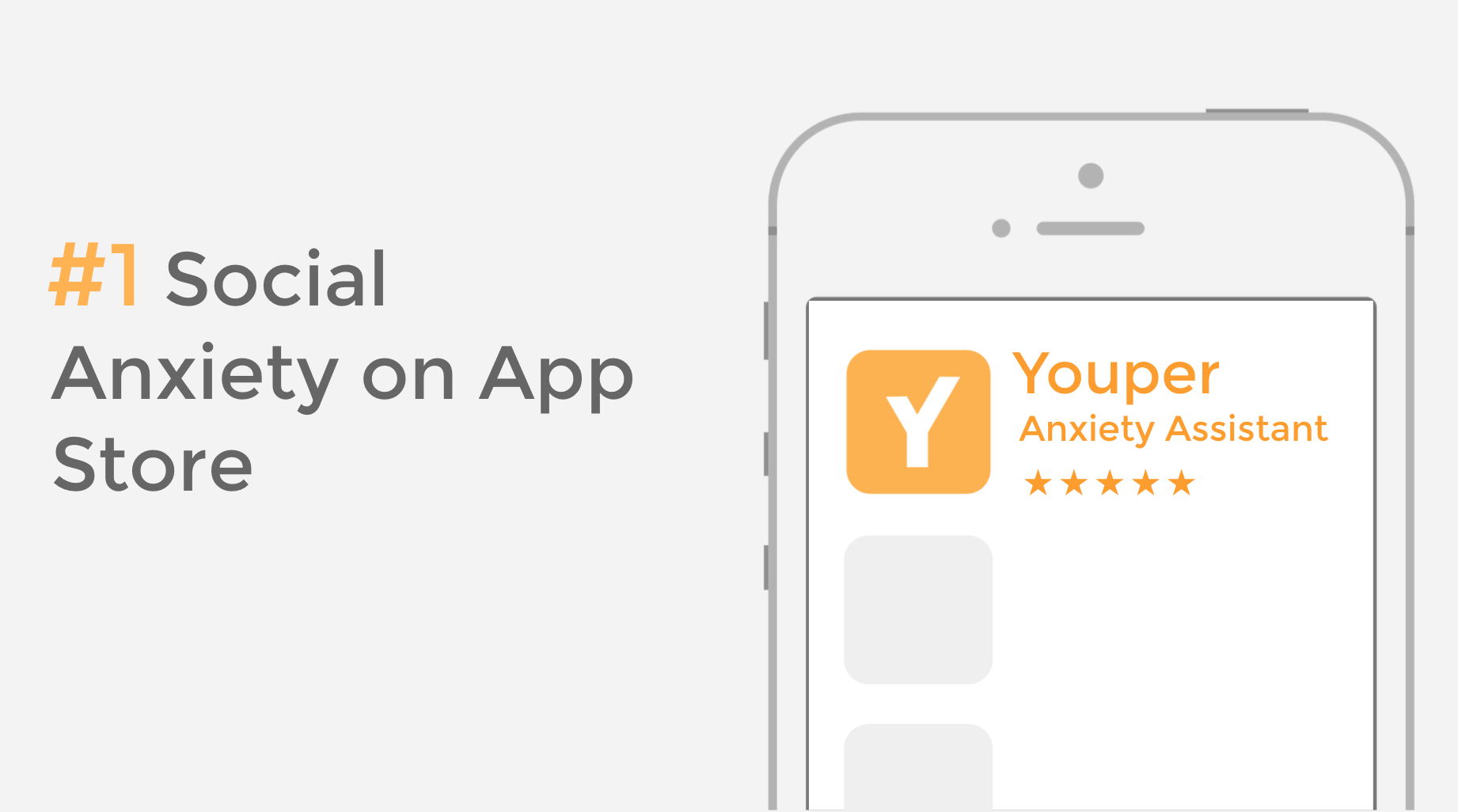
Q5: Which marketing channels do you rely on for promotion?
A: Social Ads. It’s tricky be cost-effective and takes time and money to improve, but it’s a good channel to promote fast and have a consistent flow of new users. We’re getting better and better with every campaign we run.
Q6: What kind of challenges did you encounter marketing the app after launch?
A: The biggest challenge during that time was finding a good tool that helped us measure Acquisition, Activation, and Revenue with more accuracy. Even the store dashboards made it hard to get the right answers. When I started using Appfigures two years ago and saw iOS and Android metrics integrated, like revenue and engagement in one dashboard, it saved hours of my time and solved the lack of confidence I had on my manual dashboard.
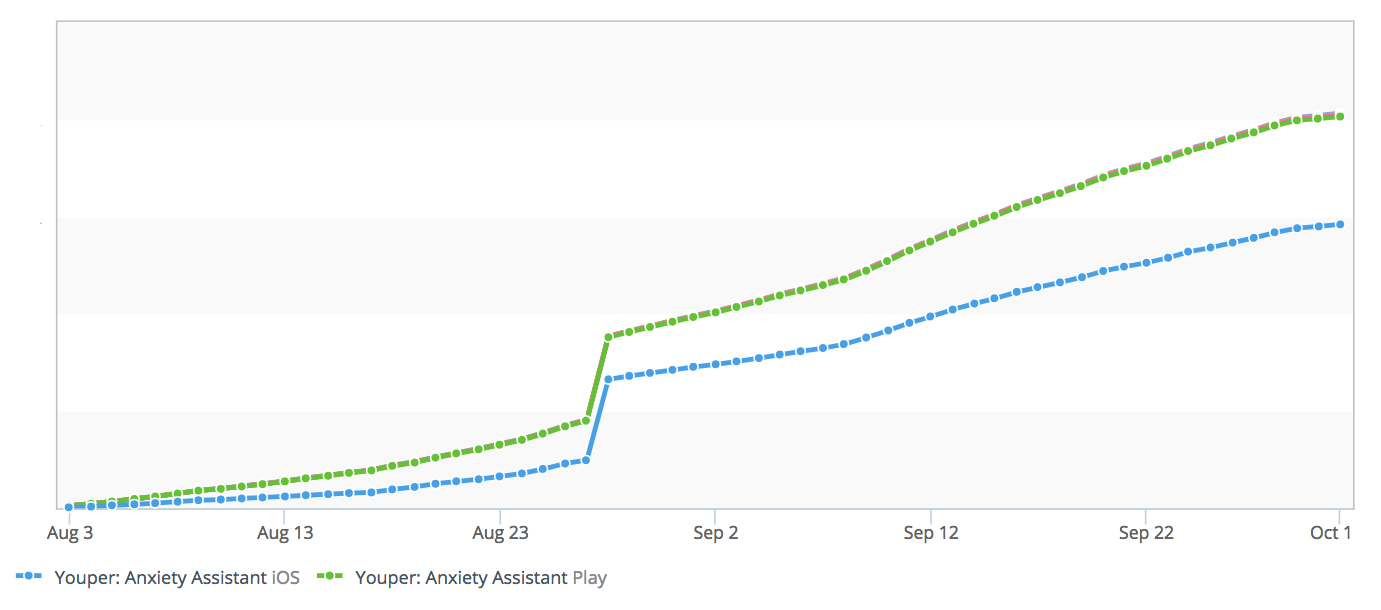
Q7: If you knew back then what you know now, how would you have approach marketing?
A: I would definitely have invested more in engineering as marketing and social media ads since the beginning.
Q8: What is your monetization strategy, and how has it changed over time?
A: We have been a direct-to-consumer model since the beginning. However, we did shift from a trial model to a freemium model to allow users to continue using the free tools forever, rather than getting locked after the trial.
Q9: Have you tried experimenting with different strategies and price points?
A: We did at least 10 different strategies, like a browser version or trial app with different price points. The most effective was adopting a subscription app model with monthly, yearly and one-time fee plan.
Q10: When it comes to apps, users play a major role in providing feedback through reviews. Do you incorporate user feedback into planning new features for the app? If so, how do evaluate suggestions?
A: We created a mindmap with all users suggestions and main benefits. Every quarter we review the map, which has clusters tagged by features and suggestions, and we decide what we can improve to show even more value or a new feature that could improve users’ outcomes.
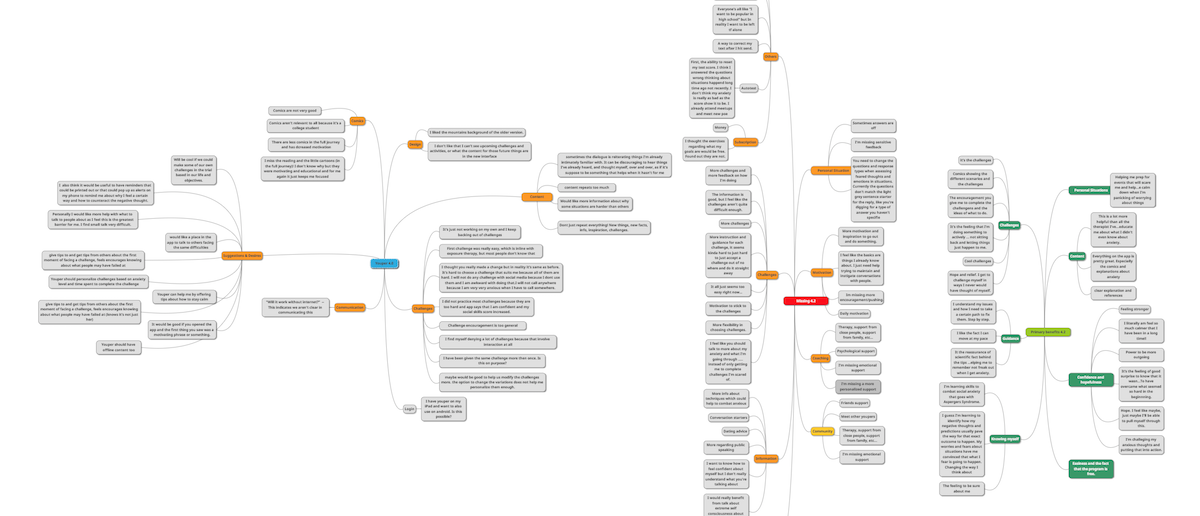
Q11: Starting something new requires making hard decisions. Were there any decisions that were particularly hard?
A: We started Youper multilingual, in English, Portuguese, and Spanish. It gave us great insights and good initial traction, but it was very time consuming to maintain the infrastructure with a small team. As most of our customers were from the USA, we decided to discontinue Portuguese and Spanish to focus on English, which would still allow us to reach a global audience.
We created an alert in our Store Rating metric, if our rating decreases below 4 stars, we would rethink the return to multilingual. However, thousands of users around the world continued using Youper daily, putting their thoughts and situations into the app.
After a few weeks of reviews complaining about the discontinued languages, our rating stayed good and most users didn’t uninstall.
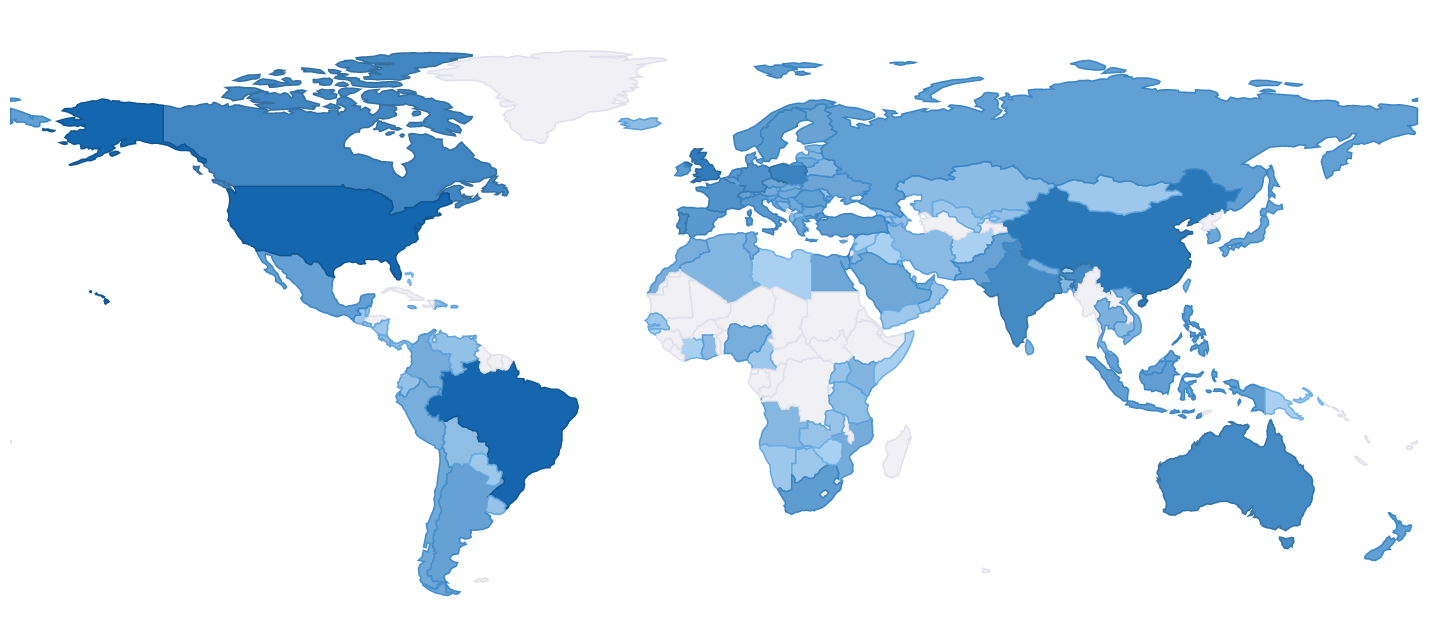
Q12: How do you measure success? Are there any particular metrics you focus on?
A: As we’re committed to real outcomes, success for us is a mix of engagement and science. Our main metric today is the percentage of users who perceive mental health improvement and symptom reduction after using Youper. It increased from 52% to 72% in the last three months.
Q13: What was the first success you remember for the app?
A: In another reflection of our commitment to real outcomes, the first success case was an early user, named Alex. He downloaded the app 2 days after his first big case of anxiety in a social situation and subscribed within 24h of launching the app. After about 3 weeks, he wrote a thank you letter about his story and how Youper helped him.
For us, this was a big success case because studies show that it takes an average of ten years someone to see a mental health care professional (Health Services Research http://bit.ly/2yguJhX).
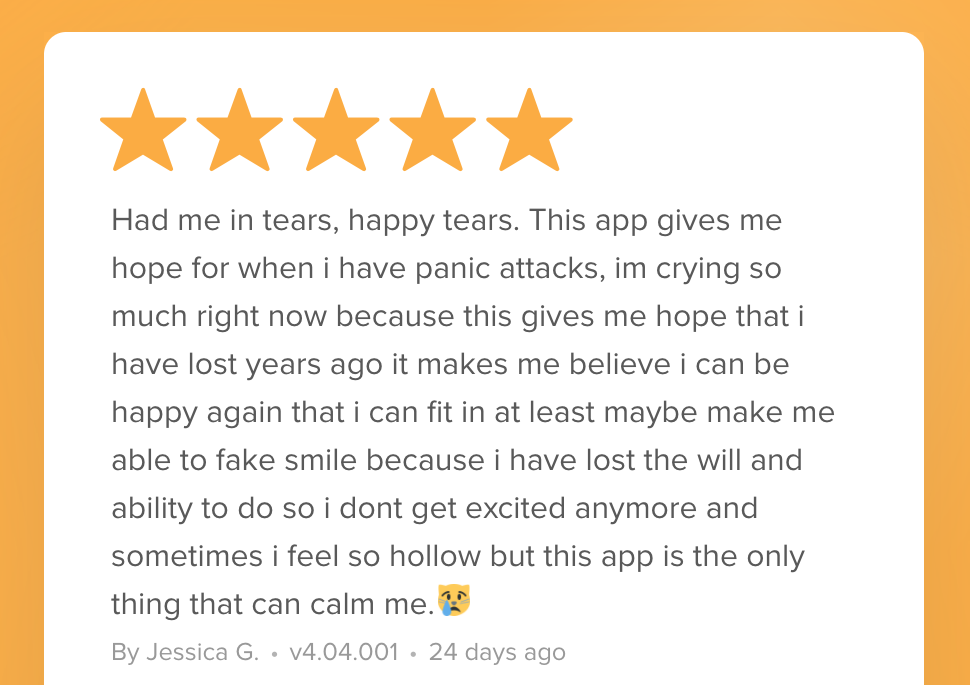
We reduced from long 10 years to just 2 days to find help and realized that Youper is a first-responder for mental health issues, like anxiety. Our mission is to make sure that sufferers don’t feel like they have to wait years until they start addressing their condition and start seeing improvements in a short time.
Q14: How do you plan on evolving the app and growing its user base?
A: Our plan is to help people whenever they need support, like your own therapist. We want to be available on smartwatches and personal assistants like Alexa and Google Assistant. Also, we would love to re-internationalize to offer Youper in multiple languages.

Final Thoughts:
What about this #AFtalks on an #app’s journey to success was most beneficial for you? 👍 #poll
— Appfigures (@appfigures) October 3, 2017
Share your thoughts and/or resources in the comments below!
Check out the rest of the insights we heard today on the #AFtalks hashtag.
Huge thanks to Diego and to all those that were part of today’s discussion! Join us for our weekly Twitter chat every Tuesday at 2pm ET (bring your friends!). See you all next week!
Resources: